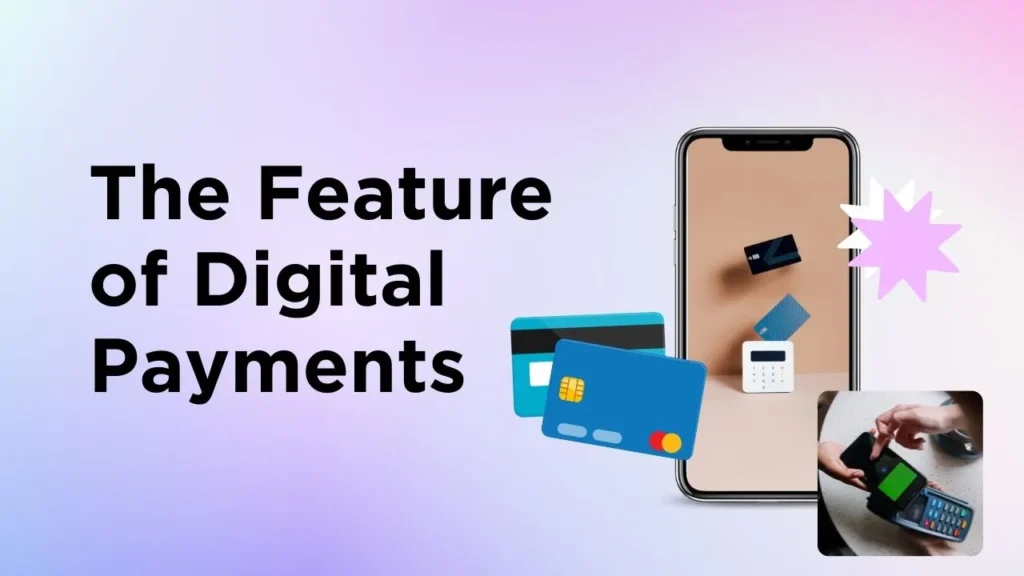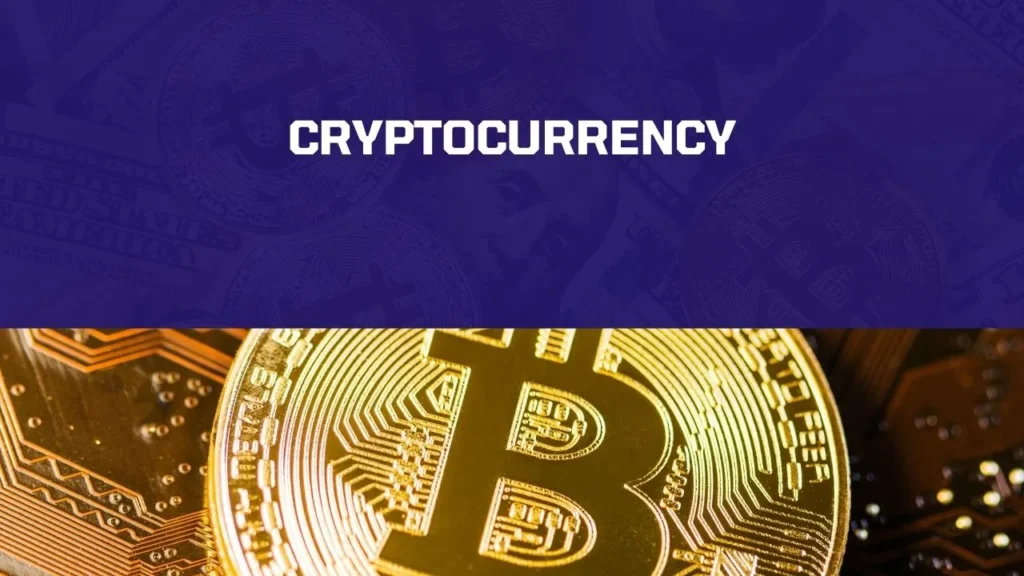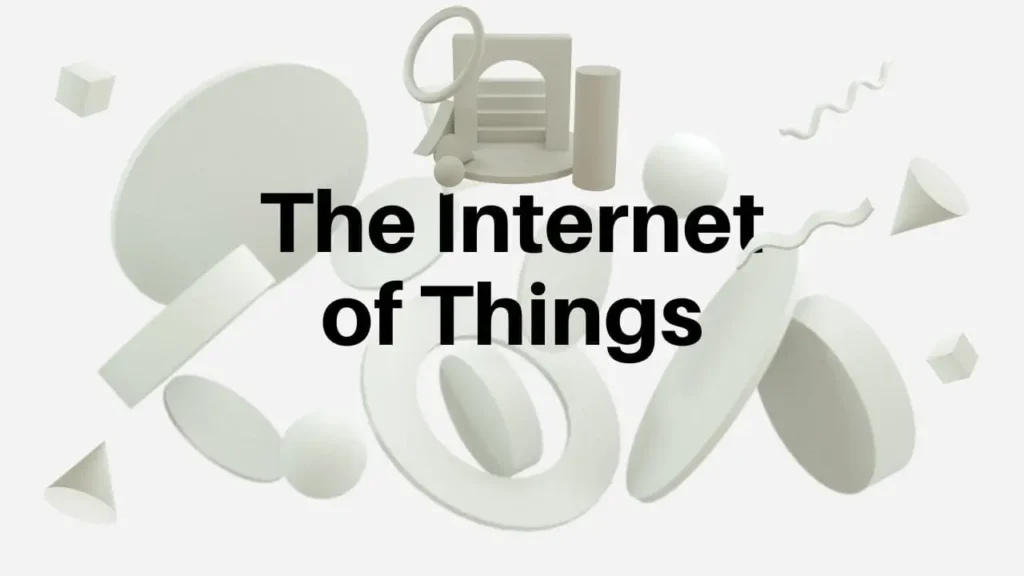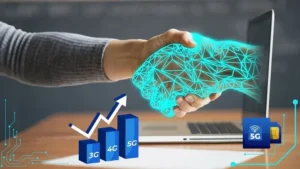
Table of Contents
Introduction
Picture a world where you can complete any transaction with just a tap or a glance. This world is not far off. Digital payments are not only revolutionizing how we transact but also how we think about money altogether. For fintech enthusiasts and those deeply invested in the financial world, understanding these shifts is crucial. This blog post will unravel the future of digital payments, exploring emerging trends, innovations, and their broader implications for businesses and consumers. Buckle up as we venture into the fascinating realm of digital finance!
The Current Landscape
The digital payment landscape has witnessed tremendous growth and transformation over the past decade. According to Statista, the global digital payments market is expected to reach $6.6 trillion in 2023, with Asia-Pacific leading the charge. From tech giants like Apple and Google to fintech disruptors like PayPal and Stripe, the key players are numerous and varied. Their innovations have paved the way for smoother, faster, and more secure transactions.
Currently, digital payments encompass a range of methods including mobile wallets, online banking, and peer-to-peer payment systems. Each method offers unique advantages, addressing different customer needs and preferences. For example, mobile wallets like Apple Pay and Google Wallet offer convenience and speed, while platforms like PayPal provide robust security features and widespread acceptance.
Despite the rapid adoption, there are still regions and demographics where cash remains king. However, as technology becomes more accessible and affordable, the shift towards digital is inevitable. The rise of e-commerce, coupled with the increasing penetration of smartphones, is also playing a significant role in driving this shift.
Emerging Trends
Contactless Payments
One of the most significant trends in digital payments is the rise of contactless payments. With the COVID-19 pandemic accelerating the need for hygienic transaction methods, contactless payments have surged in popularity. Unlike traditional card payments, contactless payments allow users to complete transactions by simply tapping their card or mobile device on a point-of-sale terminal.
According to a report by Juniper Research, the value of contactless transactions is expected to reach $6 trillion globally by 2024. This growth is fueled by advancements in Near Field Communication (NFC) technology, which ensures secure and swift transactions
Biometric Authentication

Another trend making waves is biometric authentication. Fingerprint scans, facial recognition, and even voice recognition are being integrated into payment systems to enhance security. Mastercard, for example, has introduced biometric cards that combine the convenience of chip technology with fingerprint authentication.
Biometric authentication offers several benefits. It reduces the risk of fraud, eliminates the need for PINs and passwords, and provides a seamless user experience. As technology evolves, we can expect to see more sophisticated and secure biometric solutions in the digital payments ecosystem.
Cryptocurrency

Cryptocurrencies like Bitcoin and Ethereum are no longer fringe concepts but are becoming mainstream. More businesses are beginning to accept cryptocurrencies as a valid form of payment. Platforms like BitPay and Coinbase are making it easier for consumers to transact using digital currencies.
The decentralized nature of cryptocurrencies offers transparency and security, making them an attractive option for digital payments. However, regulatory challenges and volatility in value remain significant hurdles that need to be addressed for widespread adoption.
Innovations to Watch
Blockchain Technology
Blockchain technology is poised to revolutionize the digital payments industry. By providing a decentralized and tamper-proof ledger, blockchain can enhance the security and transparency of transactions. Companies like Ripple are leveraging blockchain to facilitate real-time cross-border payments, reducing the time and cost associated with traditional banking systems.
Furthermore, smart contracts—self-executing contracts with the terms directly written into code—are another promising application of blockchain. They can automate various aspects of transactions, from verification to execution, thus eliminating intermediaries and reducing the potential for fraud.
Quantum Computing
While still in its infancy, quantum computing holds immense potential for digital payments. Quantum computers can process information at unprecedented speeds, making them ideal for tackling complex encryption algorithms. This could lead to significant advancements in transaction security and fraud detection.
Several tech giants, including IBM and Google, are making strides in quantum computing research. Although practical applications are still a few years away, the implications for the digital payments industry are profound.
Internet of Things (IoT)

The Internet of Things (IoT) is another innovation to watch. IoT refers to the network of interconnected devices that can communicate and exchange data. In the context of digital payments, IoT can enable seamless and automated transactions. For example, a smart refrigerator could automatically order and pay for groceries when supplies run low.
Companies like Amazon are already exploring IoT-enabled payment solutions. The Amazon Dash Button is a prime example, allowing users to reorder products with the press of a button. As IoT technology advances, we can expect to see more innovative payment solutions that enhance convenience and efficiency.
The Future of Digital Payments
The future of digital payments is incredibly promising. According to a report by Allied Market Research, the global digital payments market is expected to grow at a compound annual growth rate (CAGR) of 13.7% from 2020 to 2027. This growth is driven by advancements in technology, increasing consumer preference for digital transactions, and the need for secure and efficient payment solutions.
One of the key trends shaping the future of digital payments is the move towards a cashless society. Countries like Sweden and China are leading the way, with a significant portion of transactions being conducted digitally. This shift is driving the development of innovative payment solutions that cater to the evolving needs of consumers and businesses.
Another significant trend is the integration of artificial intelligence (AI) and machine learning (ML) in payment systems. AI and ML can enhance fraud detection, personalize user experiences, and optimize transaction processes. Companies like PayPal and Square are leveraging AI to provide advanced security features and improve customer service.
Impact on Businesses and Consumers
The advancements in digital payments have far-reaching implications for both businesses and consumers. For businesses, digital payments offer several benefits, including reduced transaction costs, improved cash flow management, and enhanced customer experience. Businesses can leverage digital payment data to gain insights into consumer behavior, allowing them to tailor their offerings and build stronger customer relationships.
For consumers, digital payments offer convenience, speed, and security. They eliminate the need to carry cash, provide instant transaction confirmations, and offer various payment options. Additionally, digital payments can enhance financial inclusion by providing access to banking services for underserved populations.
However, there are also challenges to consider. Businesses need to invest in robust security measures to protect against fraud and data breaches. Consumers need to be educated about the potential risks and how to safeguard their information. Regulatory frameworks need to evolve to address the unique challenges posed by digital payments.
Conclusion
Digital payments are transforming the way we transact, offering unprecedented convenience, security, and efficiency. From contactless payments and biometric authentication to blockchain and quantum computing, the future of digital payments is brimming with innovation and potential.
For fintech enthusiasts and financial professionals, staying abreast of these trends and innovations is crucial. The digital payments landscape is evolving rapidly, and those who can adapt and leverage these advancements will be well-positioned to thrive in the digital economy.
Whether you’re a business looking to enhance your payment systems, a consumer seeking convenient and secure payment options, or a fintech enthusiast passionate about the future of finance, the world of digital payments offers exciting opportunities. Stay informed, stay curious, and embrace the future of digital payments.


